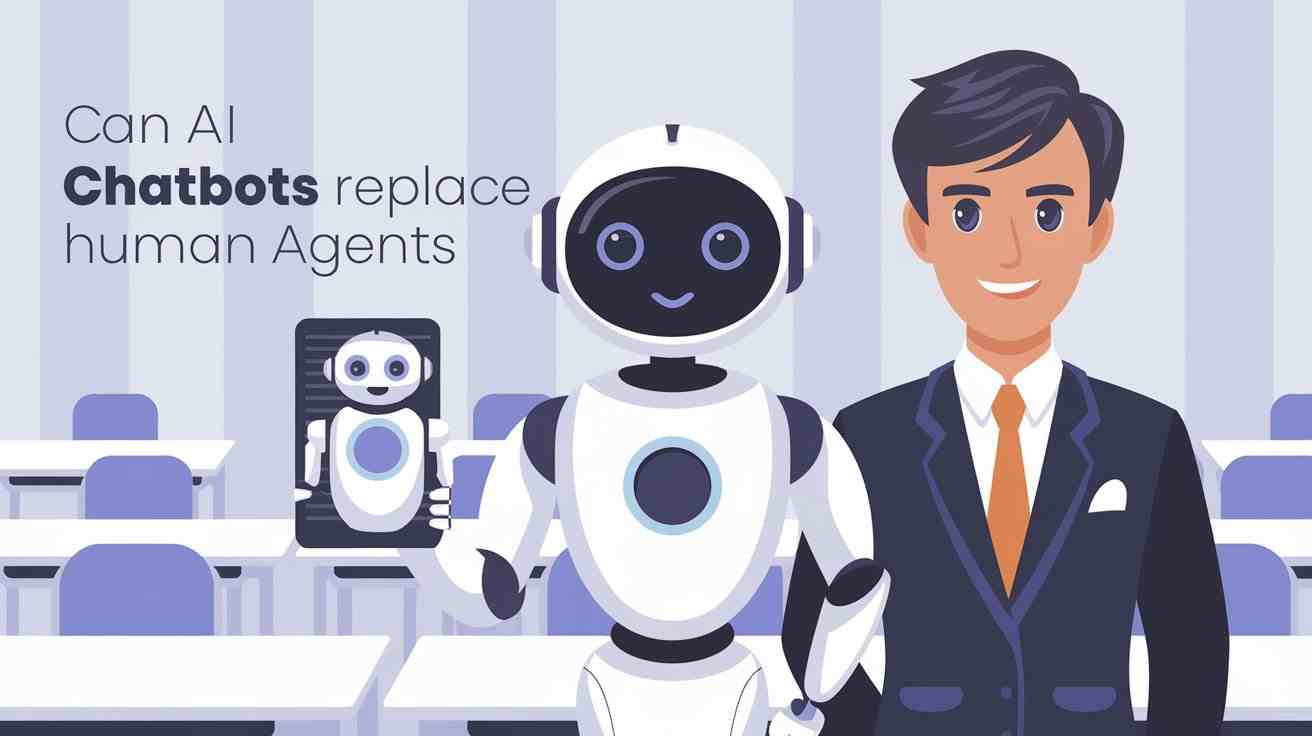Introduction
As artificial intelligence (AI) continues to advance, the debate on whether AI chatbots can fully replace human agents in customer service intensifies. Chatbots are increasingly being adopted across industries, thanks to their ability to provide fast and efficient service. But can they truly replicate the human touch? Let’s explore this question by examining the capabilities, advantages, and limitations of AI chatbots in comparison to human agents.
The Rise of AI Chatbots in Customer Service
AI chatbots have revolutionized the way businesses interact with customers. These systems use natural language processing (NLP) and machine learning to simulate human-like conversations. They can handle customer inquiries 24/7, offer multilingual support, and manage large volumes of queries simultaneously.
Capabilities of AI Chatbots
- Instant Response Times
Chatbots can provide immediate answers to common questions, enhancing customer satisfaction. - Cost-Effective Solutions
Deploying chatbots reduces operational costs as they require no salaries, training, or breaks. - Data-Driven Insights
AI chatbots can collect and analyze customer data to personalize responses and recommend products or services.
Real-World Applications
- Retail: Chatbots like Intercom guide customers through purchases.
- Healthcare: Tools like Ada Health provide symptom assessments.
- Banking: AI assistants such as Erica by Bank of America simplify financial transactions.
Human Agents: The Irreplaceable Factor
While chatbots excel in efficiency, human agents bring empathy, creativity, and critical thinking to the table.
Strengths of Human Agents
- Emotional Intelligence
Human agents can handle sensitive or emotional customer concerns with empathy. - Complex Problem Solving
Situations requiring nuanced judgment or creative solutions are better suited for humans. - Building Trust
Customers often prefer speaking to a person for issues that involve sensitive data or require reassurance.
Limitations of AI Chatbots
Despite their advantages, chatbots are not without flaws:
- Limited Understanding
AI can struggle with ambiguous queries or complex language. - Lack of Empathy
While chatbots can mimic politeness, they cannot genuinely empathize with customer frustrations. - Technical Failures
Connectivity issues or system errors can disrupt chatbot functionality, requiring human intervention.
Can They Work Together?
Rather than choosing one over the other, businesses are finding success by combining the strengths of AI chatbots and human agents.
Hybrid Approach Benefits
- Efficiency: Chatbots handle routine tasks, freeing up human agents for complex issues.
- Improved CX: Human agents intervene when chatbots cannot resolve a query, ensuring customer satisfaction.
Example: E-commerce
Chatbots like Tidio manage order tracking, while human agents address complaints about lost or damaged products.
Conclusion
AI chatbots have significantly enhanced customer service efficiency, but their limitations mean they cannot entirely replace human agents. Instead, a hybrid approach that combines AI’s speed with human empathy is the most effective solution. By leveraging both, businesses can create a seamless and personalized customer experience, ensuring satisfaction at every touchpoint.

